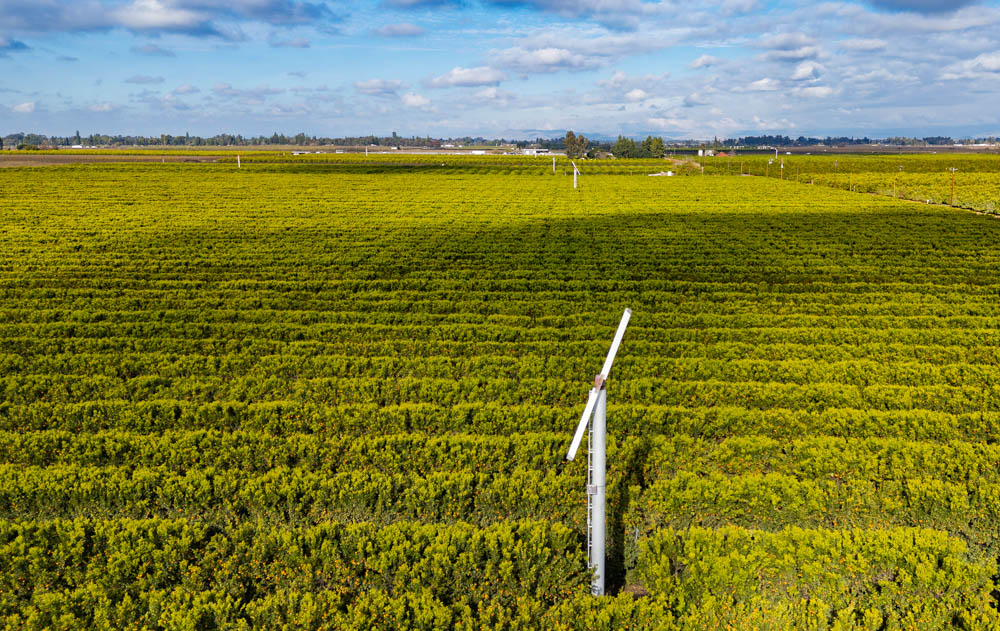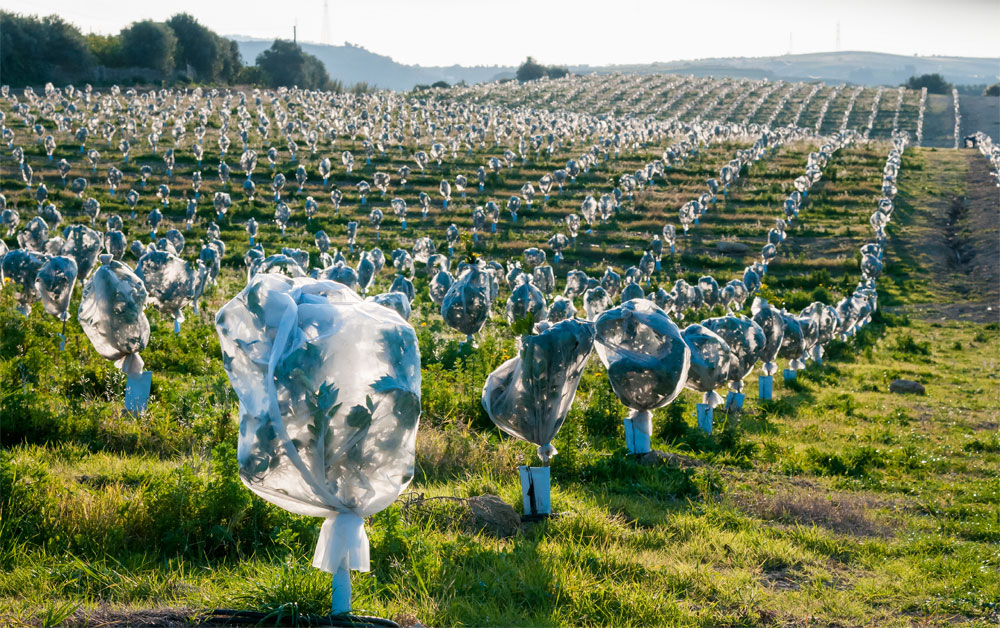Frost can severely impact orchard productivity, threatening the health and yield of permanent crops. It occurs when temperatures drop below freezing, leading to ice formation on plant tissues. This damages the delicate cells of buds, flowers, and young fruits, resulting in reduced yield or even complete crop failure. Frost damage is especially concerning during critical growth stages such as flowering and fruit set, making protection a vital aspect of orchard management. Without proper measures, farmers risk significant financial losses and long-term orchard decline.
Low-lying areas and orchards with clay-heavy soils are particularly vulnerable to frost damage. These soils tend to retain moisture and lose heat quickly, exacerbating cold conditions. Additionally, the natural pooling of cold air in low-lying regions intensifies the frost risk. By implementing effective frost protection strategies, farmers not only save their current harvests but also preserve the health and productivity of their orchards for future seasons.
Which Permanent Crops Are More Susceptible to Frost Damage
Permanent crops, such as stone fruits, citrus, avocados, and almonds, are especially vulnerable to frost due to their sensitive flowering and fruiting stages. Frost during these critical periods can result in deformed fruits or complete loss of the season’s yield.
Key Crops Susceptible to Frost Damage:
- Peaches and Nectarines: Frost can damage blossoms and young fruit, leading to yield loss and misshapen produce.
- Almonds: Sensitive during the flowering stage, frost can reduce nut development significantly.
- Grapes: Young shoots and buds are highly vulnerable to frost, affecting vine growth and future harvests.
- Citrus Fruits (Oranges and Lemons): Prolonged frost can damage the fruit’s skin and reduce juice quality.
- Cherries: Frost during flowering can prevent pollination and drastically lower fruit set.
Methods to Protect Orchards From Frost Damage
Implementing effective frost protection measures tailored to your orchard’s specific needs is crucial. Methods like sprinkler irrigation, which works well for grapes and stone fruits, or wind machines, often used for citrus, are commonly employed. Soil moisture retention is another practical technique, particularly effective in sandy soils that retain heat.
Five Common Frost Protection Methods:
- Wind Machines: Ideal for tall orchards, such as citrus.
- Sprinkler Systems: Useful for grapes and stone fruits.
- Frost Blankets: Best for smaller, low-growing plants.
- Heaters or Smudge Pots: Effective for small-scale farms.
- Reflective Ground Covers: Enhance heat retention overnight.
General Tips to Protect Orchards From Frost
Farmers can enhance frost protection by adopting proactive measures like weather monitoring and proper orchard maintenance.
Tips for Frost Protection:
- Maintain soil moisture to improve heat retention.
- Prune to manage airflow while protecting sensitive areas.
- Monitor local weather patterns for frost warnings.
- Combine methods, such as sprinklers with heaters, for better coverage.
- Select frost-resistant varieties for high-risk areas.
How AgNote Can Help
AgNote simplifies orchard management by providing tools for weather tracking, irrigation scheduling, and crop monitoring. Farmers can make data-driven decisions to protect their orchards effectively. Sign up today for AgNote’s 7-day free trial to ensure your crops thrive, even in the face of frost challenges.

